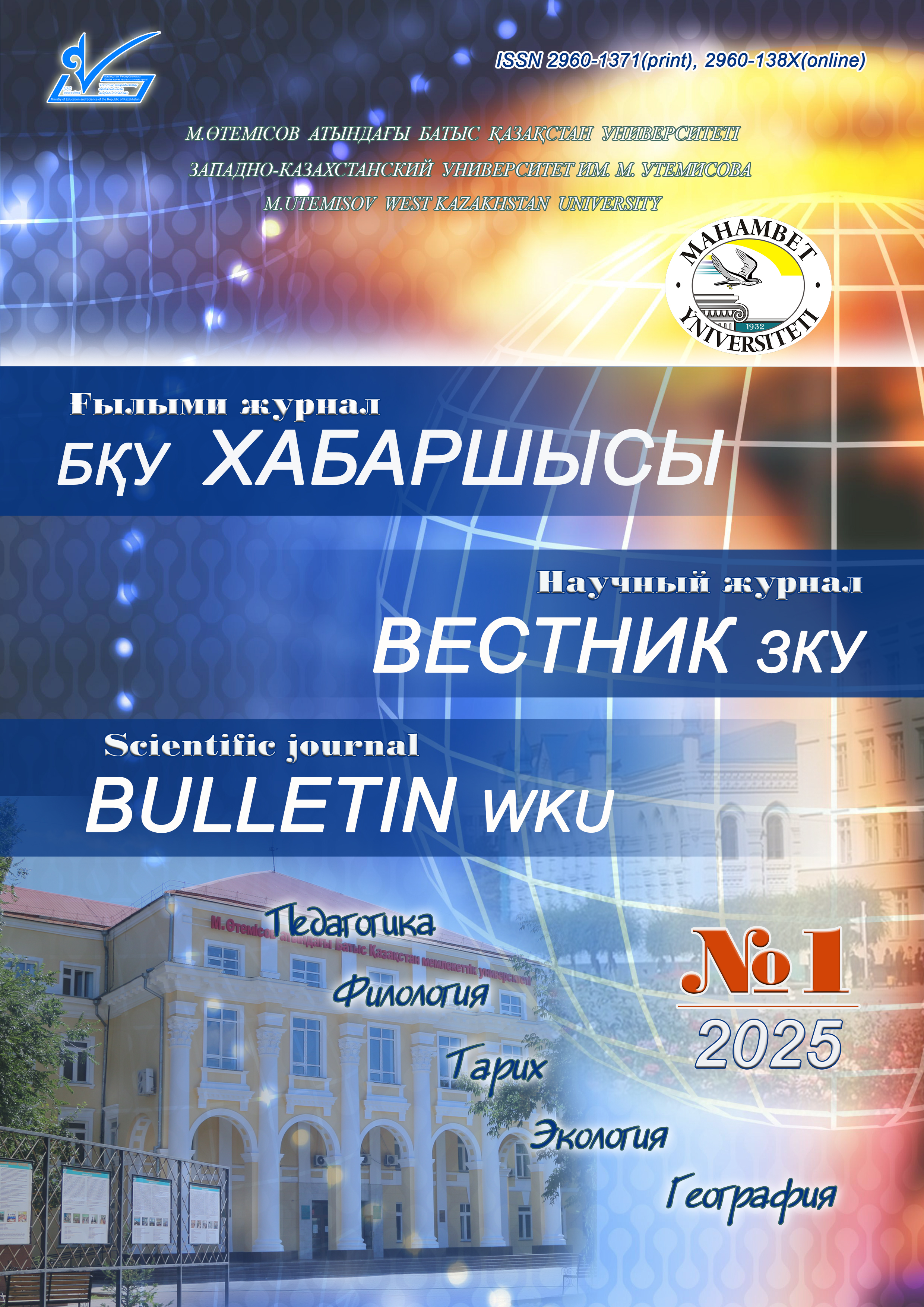CHANGING THE MEANINGS OF THE COGNITIVE MODEL “HAND IS THE LORD” IN RUSSIAN LINGUOCULTURE IN DIACHRONY
Abstract
The article describes the somatic cognitive model of the "hand is the lord". The relevance of the conducted research lies in determining the stages of development of the meanings of this model over three centuries – from the XIX century to the present time. The primary meanings of the model are: 1. The ability to find a way out in a difficult situation, getting excitement from it; 2. The ability to fight; 3. Creativity; 4. Expression of will, fulfillment of the desired; 5. Making an unambiguous decision; 6. The opportunity to receive; 7. Art; 8. God's punishment; 9. Ruthlessness. These first conceptions were formed in the XIX century. The model has doubled the number of meanings in the twentieth century: 1. Diocese; 2. Patronage; 3. Lobby; 4. Tyranny; 5. Greed; 6. Action understood as creation; 7. Art; 8. Generosity; 9. Independence; 10. Responsibility; 11. Arbitrariness; 12. Power; 13. Self-will; 14. Bureaucracy; 15. Indulgence of whims; 16. Expression of will, fulfillment of the desired; 17. The ability to freely carry out any activity at their discretion; 18. Ruthlessness. The 19th century tripled the number of such meanings: 1. Power; 2. Indulgence; 3. Self-will; 4. Arbitrariness; 5. Expression of will; 6. Creation.



